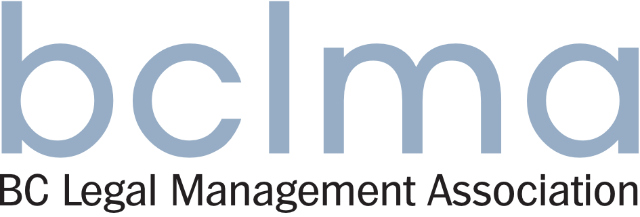High-performing businesses combine people, process and technology to create unique and valuable products and services. With the rapid pace of innovation in today’s technology sphere — everything from basic email and messaging to
collaboration tools and cloud-based applications to the very networks that provide access and deliver these key business tools — the ability to “onboard” a new technology successfully has never been more critical.

Change is best received when disruption to daily activities is minimized, the benefits of the change are clearly communicated and productivity is optimized. This is especially true in legal organizations, where ongoing case work and frequent court-ordered deadlines result in resistance to change. Therefore, onboarding new technology must be managed carefully with buy-in from the user community most affected by the change.
This starts with forming a stakeholder group composed of a cross-segment of functional roles, including technical teams and end users. Stakeholders should be organizational leaders, must embrace new and innovative technology, act as agents and promoters of change, and have the skills to communicate with and on behalf of their constituents. These are the members who directly influence the success of technology onboarding.
And while the length of a technology onboarding project can vary from weeks to months, an effective onboarding program should, at minimum, be comprised of the following components:
• Project Management: A well-defined and easily understood project plan and schedule ensures that all parties are working toward the same end goal. The project manager must keep
at the forefront of all activities the end goal of gaining the user community’s acceptance of the new technology.
• Communication Plan: A strong communication plan is key
to keeping project team members and, just as importantly,
senior management informed about project progress, status
and any risks. The communication plan should include
sessions, such as lunch-and-learns or brown-bag events, to
evangelize the benefits of the new technology and ease the
user community into the change.
• Implementation: Implementation is a pivotal phase of
the project, as it determines when the software becomes
available to the user community. A smooth implementation
plan accounts for risks and includes time to address issues.
Implementation starts with architecture scoping and sizing
and culminates with software deployment and validation.
• Process Optimization: To ensure the user community is
benefiting from the full capabilities of the new technology,
the onboarding program should include a review of
processes, workflows and best practices around optimum
use of the software. The process optimization work must
include a research phase where the user community’s
business needs — goals, existing processes and technology
pain points — are reviewed and documented. Once the
goals are clear, processes can be customized to best
respond to the user community’s needs and requirements.
• Custom Education Program: Training courses should
be tailored to the different user roles and varying levels
of comfort with technology. Sessions should be delivered
in short, focused sessions at the time users will begin to
leverage the technology for maximum knowledge retention.
Live training can be complemented with e-learning modules
that are available as post-training reference materials,
pretraining self-study or just-in-time training.
• Post-Training Assistance: Following training it is critical
to surround the user community with experts who are
dedicated to responding to questions, troubleshooting
issues and generally easing the transition. This is also an
opportunity to work directly with users who might be
resisting change to understand their needs and concerns and
to help address them through training, one-on-one support
or modifying the training programs.
Taken together, these steps will ensure that the implementation
of the new technology will be successful and the promised
benefits more quickly realized. However, it is important to
note that while the rollout of the new technology may have
a specific end-date, a user community’s success is ongoing.
Therefore, it is critical that organizations maintain the same
proactive and collaborative spirit post-implementation to ensure
that their teams continue to grow in both proficiency and
confidence with the new technology.
